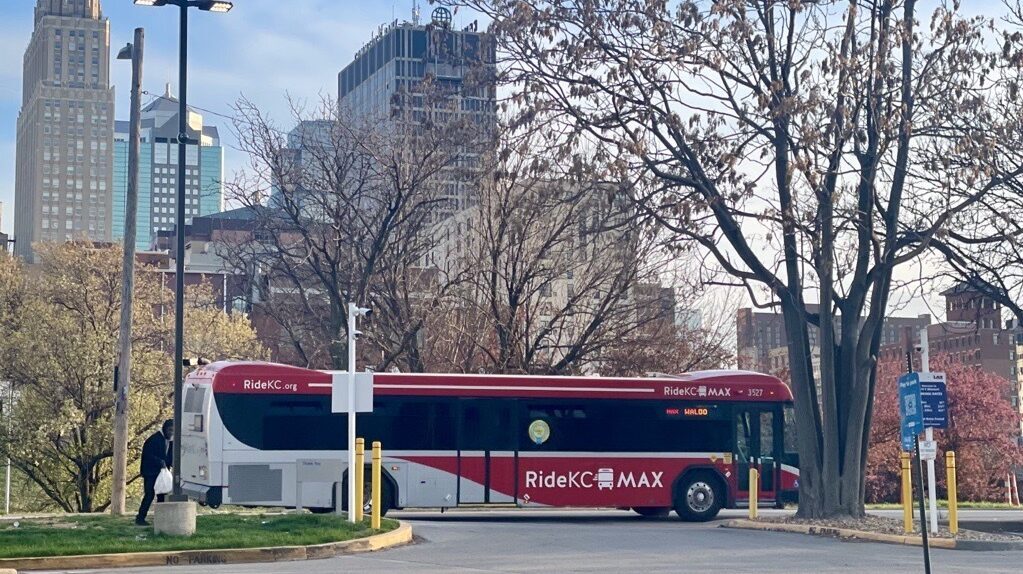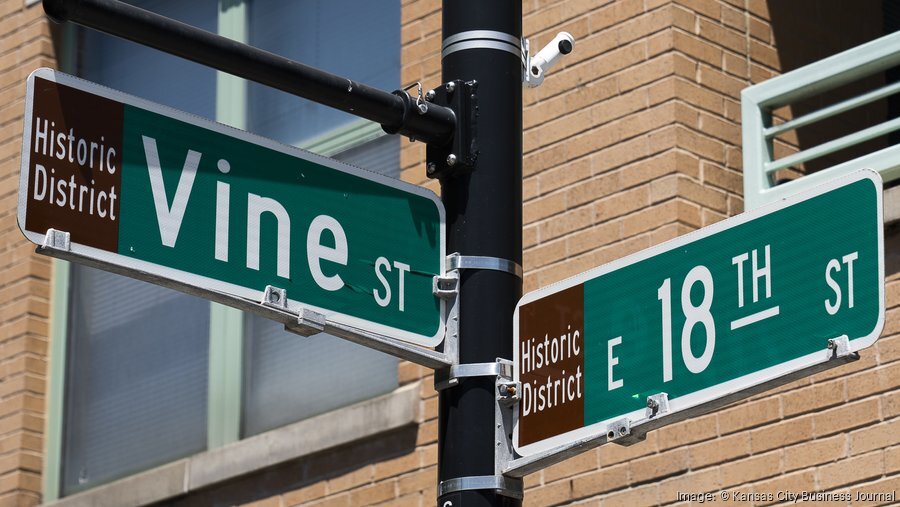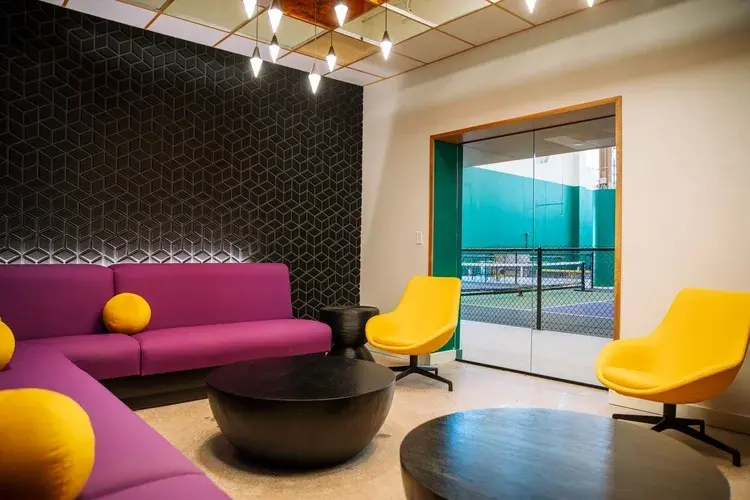
We Believe in Community, not Commutes
That's why we're invested in building places and neighborhoods where it's easy to live, work and play.
A Community-centric Approach
While some may use the term Transit-Oriented Development (TOD), at KCATA we add the word "community" because we see the work we do from a human perspective.
Transit-Oriented Community Development (TOCD) is a big name with a simple premise: people-first urban planning.
In the U.S., we depend on our cars - a lot. But that's not always a good thing. Car dependency contributes to a greater expenditure of income on transportation, exposure to pollution, inequitable access to opportunity, and less safe, less walkable communities.
By contrast, TOCD has the power to create safer, more affordable, livable communities that are vibrant, accessible and better able to meet the needs of the people living there.

How We Engage
TOCD works across the silos of development, transit, walkability, affordability, housing and job access to take on livability issues across the KC region and its integrated urban system.
Job centers near public transit
Reduced air pollution, carbon emissions, and traffic congestion
Housing choices for all income levels
Access to hospitals, clinics, and pharmacies without driving
Childcare and schools near public transit
Improved pedestrian and transit infrastructure
Let's Build Better
TOCD begins with building places to live, work, learn, and heal that more people want to be a part of. When more people move to a Transit-Oriented Community, it expands the tax base and creates opportunities for regional school districts, institutions, and businesses to grow and prosper. In turn, this inspires more groups - both public and private - to continue investing in these areas.
These actions are more than just transactional. While it starts with buildings and infrastructure, it then transforms into neighborhood vibrancy: increased walkability, job and education centers near public transit, affordable housing alongside other mixed-income housing types, and convenient healthcare - all centered around people, not vehicles.

TOCD by the Numbers
Together, our facilities are adding prosperity and equity to the KC region.
Additional TOCD Benefits
New and upgraded bus shelters and bus stops
Increased scooter and bike storage facilities
Electric vehicle car sharing programs
Street, sidewalk, and pedestrian improvements
Our TOCD Goals
TOCD is a way to create equitable transit and new revenue for KCATA while also driving the economic prosperity enabled by public transportation.
Our goals are simple:
Create equitable transit:
- Offer affordable, convenient travel between work, home, healthcare, childcare, and school, even without a car
Generate new revenue:
- Generate additional non-operating revenue from Public-Private Partnerships and transit-oriented development
- Continue to define and refine our criteria to determine what sites are TOCD-eligible candidates in the region, along with defining transit-supportive developer requirements

Introducing START
Sustaining Transportation And Reinvesting Together
Sustaining
We have expertise and solutions to help now and 20 years from now as we promote vibrant, active and safe neighborhoods and community development.
Transportation
We encourage population density in our region so that more people can benefit from all the different types of transportation we offer - to do this, we support community development in our core areas along transportation corridors.
Reinvesting
We create a cycle of re-investment and equitable growth across the region where transportation facilitates better development and development facilitates better transportation.
Together
Unlike other, siloed approaches to Transit-Oriented Development, KCATA works with civic organizations, developers, and stakeholders throughout the region to ensure that neighborhoods have the connectivity needed to access housing, jobs, education and healthcare.
News
-

Public Transportation doesn't just move people.
At KCATA, we are one of the first transit agencies to champion Transit-Oriented Community Development (TOCD).Read More -

Kansas City Business Journal explores new development in the Jazz District
The Parker will help breathe new life into the historic Jazz District.Read More -

Welcome to SW19 at the Stadium
Pickleball fun for everyone from seasoned players, to first-timers, and everyone in between.Read More
Facilities
-
Citizen
KCATA approves Citizen, the first TOCD Facility. The new 226-unit apartment complex sits at the nexus of Kansas City, Missouri's Volker neighborhood, the 39th Street retail and transit corridor, and the University of Kansas Medical Center.Read More
ArriveKC Apartments
This nearly 400-unit development sits at the nexus of KC Streetcar's Main Street extension, the Martini Corner retail corridor, and Penn Valley Park and the World War I Memorial, on the site of the former Trinity Lutheran Hospital.Read More
Mohawk at 15
Mohawk at 15 is transforming a former parking lot and office space site into a vibrant mixed-income, multi-family housing and equitable Transit-Oriented Community Development. It is being developed by Grayson Capital LLC with support from a 20-year…Read More
START Inquiries
If you believe you have a Transit-Oriented Community Development project or are in need of mobility service that KCATA provides, contact us.









